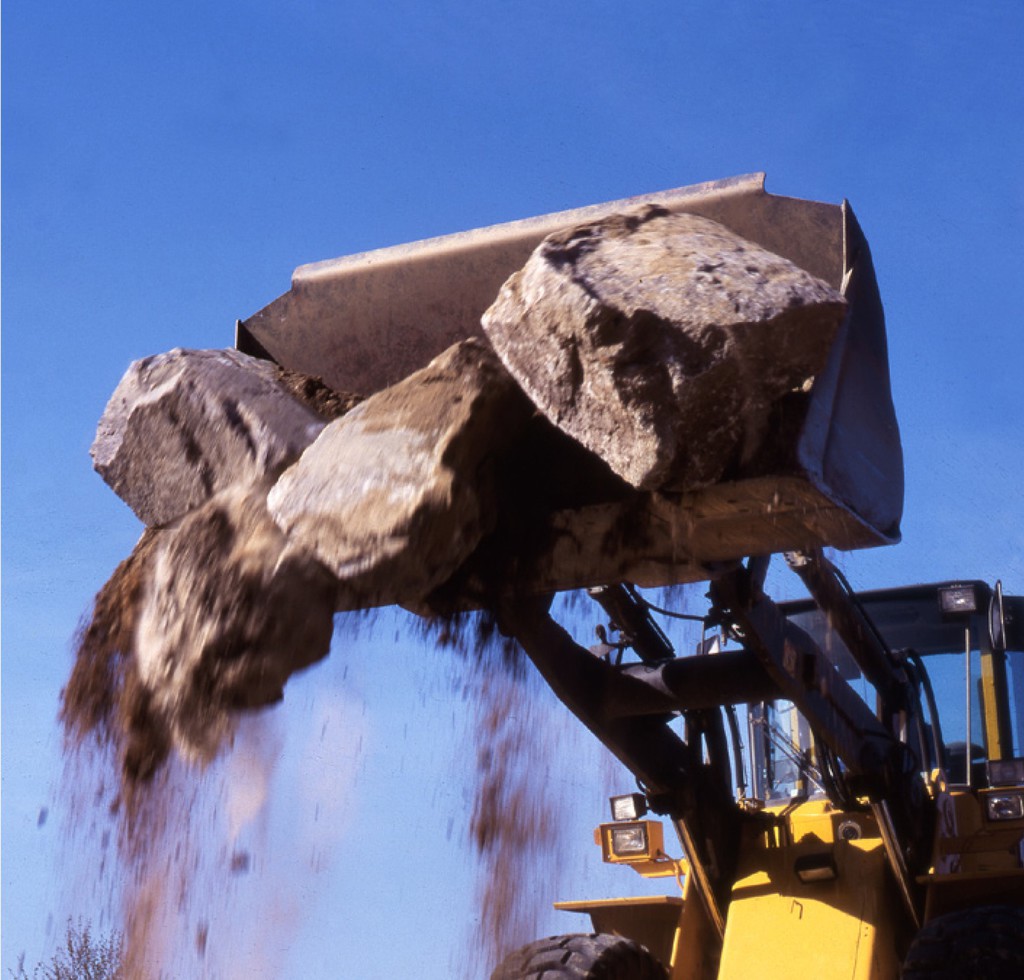

|
Edward Lowton
Editor |


|
| Home> | Production Engineering | >Materials | >Boron steel |
Boron steel
23 July 2013
Ovako’s extensive knowledge and expertise in developing low alloy boron steel means it now has 37 different material grades within its melt programme.

When heat treated, these can achieve properties that are said to be comparable with those of higher alloy steels, making them an economical consideration.
Developing specific grades of boron steel requires advanced steelmaking techniques, which Ovako has developed as part of its boron steels programme. In order to produce this only small additions of boron are required which, in combination with carbon and other alloying elements, increase the hardenability of the steel.
Cold formability of boron steel grades in the ‘as rolled’ condition is good, such that no annealing is required.
As an alloying element the boron has no direct effect on the machinability of the steel, it being comparable with the machinability of Cr Mo steels of the same hardness. Like other low alloy steels, boron steels subjected to extensive machining may benefit from the addition of sulphur, although the lower hardness already boosts machinability.
Hardening and tempering are said to make it possible to obtain higher strength levels in the boron steel grades compared to other structural steels of considerably higher alloy content. Ovako says that typically, the mechanical properties of a popular Ovako boron steel grade bar, between 25 – 40 mm diameter after hardening and tempering at 500°C, produces a yield strength of 750 Rs N/mm² , tensile strength of 900 – 1050 Rm N/mm² and a hardness of 275 – 32 HB.


















